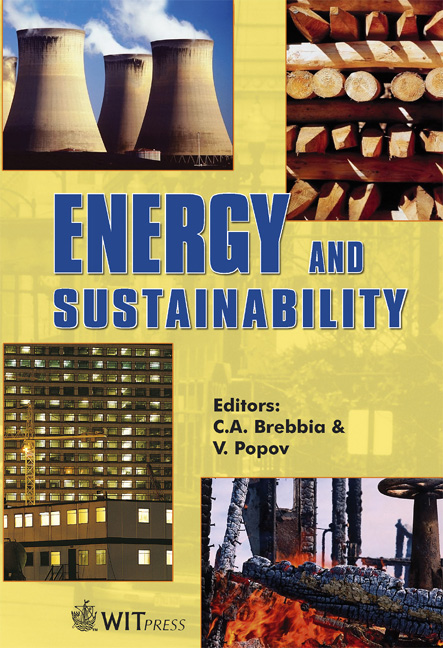Transport Demand Management And Energy Consumption In Urban Areas
Price
Free (open access)
Transaction
Volume
105
Pages
10
Published
2007
Size
617 kb
Paper DOI
10.2495/ESUS070011
Copyright
WIT Press
Author(s)
S. Basbas
Abstract
Within the framework of this paper, the impact of various transport demand management (TDM) strategies, designed for urban central areas, to fuel consumption is examined and evaluated through the use of the traffic simulation and assignment model SATURN. TDM strategies examined include high occupancy vehicle (HOV) lanes, bus lanes (with flow and contra-flow) and schemes for pedestrian-only streets and bus-only streets. The modeling results have been quite encouraging, in most cases. Keywords: transport demand management, fuel consumption, HOV lanes, bus lanes, pedestrian streets. 1 Introduction The level of service offered by the transport system significantly affects people’s daily lives worldwide. The problem becomes more important in the case of urban central areas due to the fact that transport demand usually exceeds transport supply. Among the key factors of the problem in central urban areas is the constant increase in the number and use of passenger cars, the insufficient operation of the public transport system in many cases, the high population and building density, the limited offer of parking lots on-street and off-street etc. Therefore it is obvious that demand plays a dominant role since supply is not always easy to change due to specific constraints (e.g., limited space for new infrastructure) and budget availability. This is the reason why an extensive effort has been made during the last years in order to affect the transport demand in central urban areas through the implementation of strategies known as transport
Keywords
transport demand management, fuel consumption, HOV lanes, bus lanes, pedestrian streets.





